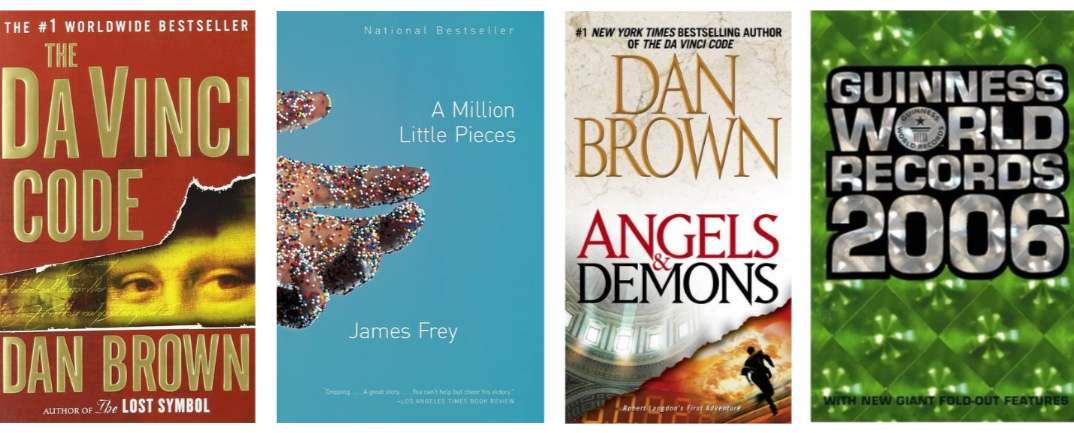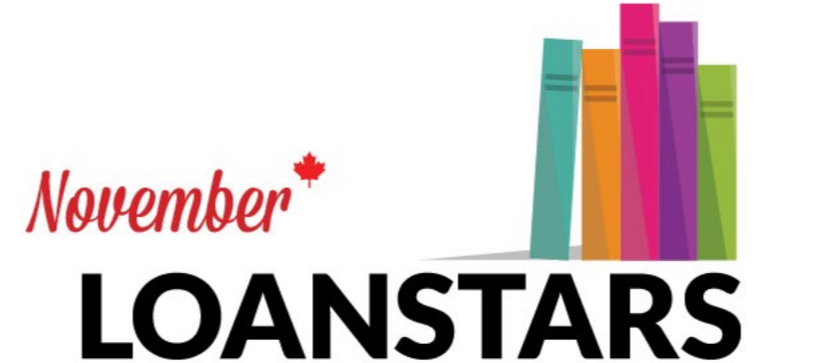Codelist Issue 69 for ONIX 3.0 has been released.* Complete listings of the ONIX codelists can be downloaded from the EDItEUR website.
Issue 69 stand-alone codelist documentation as a readable PDF or HTML file (open and read it in your web browser)
Issue 69 TXT, CSV, XML, JSON files for loading into your data management applications
Issue 69 XSD, RNG, DTD schema modules for use with existing XML schema files (but note that it's better to download the latest 3.1 schemas since they incorporate a couple of small improvements as well as the new Block 8)
The ‘strict’ XSD 1.1 with Issue 69 (the strict XSD must be updated each time there is a new issue of the codelists, as it includes some codelists within the XSD itself)
The online browser for the ONIX code lists at ns.editeur.org/onix has been updated to issue 69
Need help finding and using the documentation? Read this.
It should go without saying that everyone should review the document summarizing the changes and update their systems, but we've highlighted some changes of particular note for you below. This is a weighty list and we encourage you to read the whole document, not just the following highlights.
Board approved changes to ONIX documentation
Code List 69 represents the last time EDItEUR will issue code lists as individual HTML files within a “codelists” folder. Specifications will link the online codelist browser. Get in touch if this will create problems.
The specifications carry a recommended maximum length for many tags. Safety related texts that can be carried in Product Form Feature require that the maximum size of Product Form Feature Description increase to 2,500 characters (previously 1,000).
Note: The specification’s recommendations on sizes isn't a requirement or mandatory, but given as practical guidance for creators and users based on expected uses of the metadata. Creators should ask questions if they find themselves exceeding them as it can indicate misinterpretation of the metadata, or a need to adjust the specification. End users should not use these as hard or enforced limits but should reference them for display planning.
List 17 – Contributor role
Existing code A10 “From an idea by” has seen a clarifying description added: “For example of a plot idea. Implies a less direct association or active participation than ‘created by’.”
List 27 - Subject scheme identifier – NEW DEPRECATED CODES
Codes 12 and 13 to 17 for the BIC Subject category have been deprecated and will be dropped from the ONIX code list 27 as part of a future version change. The BIC subject standard was last updated in 2010, replaced by Thema in 2017, and was declared obsolete by BIC as of February 2024.
With ONIX 3.1, deprecation was made “meaningful” in ONIX, ending in the eventual removal of deprecated codes, tags, and composites from the standard after an appropriate warning period. Get in touch if you need more information.
List 45 – Publishing role
New code 21 has been added to indicate “Previous publisher.” This code should be used to indicate the publisher of earlier manifestations of the work.
Discussion continues for a proposed new value “self-publisher” and improvements are invited for the current proposal: ‘Author or other contributor acting as a publisher – either directly, or indirectly via a self-publishing platform – in order to make their own work available.’
List 73 – Website role
New code 53 has been added to indicate an “organization’s website for corporate social responsibility.” This could be included, for example, to indicate New Society Publishers' Statement of Ethics. This would be distinct from the existing code 50, to indicate an “organization’s website for environmental responsibility statement.” In that case, New Society could link to their sustainability practices.
As mentioned in the recent BNC Tech Forum session, On the rise: Book subjects on the move in the Canadian market, BookNetters Lily Dwyer and Kalpna Patel shared how prettied-up books are all the rage. As this trend firmly entrenches itself into production workflows, EDItEUR has added codes and cleaned up the notes for others.
List 79 – Product form feature type
Code 02, to indicate “Color of page edges,” now also reflects “stained” edges, in addition to the existing sprayed and gilded edges that the code previously referenced.
New code 55 was added to indicate the endpapers' colour, or the colour of the inside front and back covers.
List 158 – Resource content type
New code 54 was added to indicate the presence of a “page edge deco image,” a 2D image of edge decoration.
New code 55 was added to indicate the presence of an “endpaper deco image,” a 2D image of endpaper (or inside front and back cover) decoration.
List 175 – Product form detail
Existing code B408, for decorated endpapers, sees a clarifying note to indicate “coloured, patterned, printed, abstract or illustrated endpapers or of inside front and back covers.” ONIX implementers are asked to “use <ProductFormFeature> to specify the colour, and optionally, use <SupportingResource> to provide an image of the decoration.”
New code B419 was added to indicate “decorated page edges,” i.e., “coloured, stained, gilded, patterned, abstract or illustrated sprayed edges.” ONIX implementers are asked to “use <ProductFormFeature> to specify the colour, and optionally, use <SupportingResource> to provide an image of the decoration.”
New code B421 was added to indicate an “embossed cover” on the book’s cover or jacket.
List 258 – Special finish
New code 03 was added to indicate that the book has an “overall textured laminate.” ONIX implementers are asked to provide any further details in <SpecificationFeatureDescription>.
List 79 – EU Regulations
Updated guidance, discussion, and clarification for EUDR and GPSR
Code 13 – GPSR Description has changed to reflect correct naming as well as a note clarification for
EU General Product Safety Regulation and Toy Safety Directive hazard warning.EUDR – Clarifications added in the instructions of Code 47 EUDR raw material locations (affects codes 48 & 49 as well) and Code 51 EUDR due diligence.
The EUDR guidance note in full:
Previously-proposed additions to the notes for code 47 (which also applied to codes 48 and 49) added the option of linking particular raw material provenances to specific impressions (reprints). This proposal has been held over pending further discussion. In most cases, the raw material provenances for all impressions (i.e., the ‘cumulative’ approach, adding any new raw material provenances into the metadata as new paper stocks are used in new impressions) will be required. Providing the provenances for only one ‘current’ impression is unlikely to meet the requirements of the regulations because of the mix of stock present in the supply chain and the use of returns to fulfil new orders (together, these make the impression actually received by a retailer somewhat unpredictable – it may be the latest or current impression, but may instead be any previous impression). However, the proposed addition provided some further flexibility to provide impression specific where the impressions in the supply chain are tightly controlled.
Note: The ONIX Implementation and Best Practice Guide contains sample regular expressions that can be used to select and extract the various parts of (country, species, and date).
The addition to the note for code 51 mirrors a change in Issue 68 for code 50 (NB in some early issue 68 documentation, the latter change was originally ‘optional password’ but this was subsequently corrected to ‘optional verification code’).
List 196 – E-publication accessibility details
Clarifying edits were made to the notes for existing code 28, for “full alternative audio descriptions,” as well as 31, to indicate “accessible controls provided.” New codes were added, as well:
Code 41 will indicate page list navigation, to flag that an ebook “includes page number navigation, based on print equivalent page numbers (see code 19) or digital-only static page breaks.”
Code 53 will indicate described math content, to indicate the book contains “textual description of mathematical content, either as an alternative description attached to an image of the content, or in addition to MathML or LaTeX.”
Meanwhile, code 54 will indicate accessible chemistry content (as LaTeX).
*A note to ONIX 2.1 users
ONIX 2.1 users should note that codelist updates no longer apply to ONIX 2.1 and users should continue to use Issue 36. ONIX 3.0 code lists and schema modules no longer contain codes or lists unique to ONIX 2.1. You can still obtain the correct ONIX 2.1 schema and codelists from the Archived Previous Releases page.
BookNet Canada still recommends that you use and periodically update your copy of EDItEUR's best practices guide. It’s an essential ONIX 3.1 guide, but much of the information in it applies equally to ONIX 2.1.














Expanded Thema worked examples do deeper dives into single book to showcase content and contributors relating to Indigeneity.